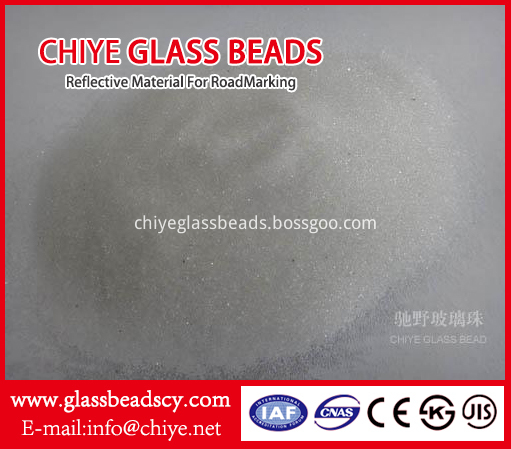Video surveillance this "cake" looks very large, but it really is not easy to eat, especially in recent years, video surveillance is gradually moving towards high-definition, intelligence and networking, which requires companies to pay more attention to technology and R & D strength. With the expansion of the scope of video surveillance applications, the requirements for the performance, longevity, reliability, and stability of video surveillance platforms have become diversified and specialized. As a result, the development of new products will be more difficult. According to an engineer who participated in this technical salon, he understood that the current domestic companies that do video surveillance mostly do not have the ability to independently develop new products. The technical departments are generally commissioning and test engineers, and they all have ISP engineers. Very little. It seems that in order to get a share of the video surveillance market, domestic video surveillance companies must consider how to improve their own technology.
Video surveillance involves multiple technologies. One video surveillance solution mainly includes image acquisition, image preprocessing, image processing and transmission, image display, and image management. In the entire video surveillance field, the most difficult point is the image processing. Image processing is a difficult and critical task for the entire video surveillance solution and directly determines the accuracy and convenience of subsequent image analysis.
The general steps of image processing include pre-processing and post-processing. Pre-processing requires a suitable exposure, which involves an auto-exposure algorithm. There are many post-processing steps, such as white balance correction, interpolation, color reproduction, gamma correction, noise reduction, edge enhancement, and pseudo color suppression. Due to the relatively large number of steps and the large amount of data calculation, the image processing process (ISP) is generally completed by a hardware module or implemented by an FPGA. There are also vendors that deal with dedicated chip ISPs such as TI's DaVinci and Hass' Hi-Series SoCs. The ISP process of each chip manufacturer is roughly the same. Several links of the ISP (white balance correction, color reproduction, gamma correction, pseudo color suppression) are simple and transparent. The links that are really technically difficult are CFA interpolation, wide dynamics, noise filtering, and edge enhancement. This is where manufacturers differ in their technical strengths.
The CFA interpolation adds two more colors to a single color for each pixel of the original image, forming a pixel containing RGB colors, which increases the amount of data by a factor of three. The study of this method began in 1976 and is currently under continuous research and development. The difficulty of CFA interpolation lies in retaining the details of the image, correct color reproduction, no false color, no noise, no moiré effect, low computational complexity, and hardware implementation. These conditions often restrict each other and the actual algorithms are traded off on the premise of satisfying the application.
Noise filtering is an image smoothing technique that suppresses noise while also causing loss of detail. The noise reduction algorithm lies in how to effectively remove noise and preserve edges. In general, different levels of brightness are used to detect noise and use different noise reduction intensities. In general, an image can be subjected to high-intensity filtering at high luminance and low luminance.
Because the edges and details of the original image are often unsatisfactory, coupled with the smoothing of noise reduction, the back end must have an edge-enhanced module. Edge enhancement only enhances the luminance component. Its algorithm principle is generally to use Laplacian operator to extract the edge information, and then according to the size of the edge and the positive and negative, to determine how much the brightness value increases or decreases, to achieve the purpose of increasing the details.
Taking the photometry of traffic intersections as an example, since we need to know which vehicle is in violation at the traffic intersection, we will pay more attention to the vehicle itself and the license plate number. We do not care about the roadside flowers and trees. We must achieve this goal. We can give greater weight to the middle of the road between the car and the display license plate, so that the brightness is in line with expectations, and give a smaller weight to the buildings or shades on the side of the road.
Wide dynamic technology is used to improve the visual effects of high-contrast scenes, so that highlights are not exposed, but low-light areas are not dark. At present, it is divided into front-end correction and back-end correction. Front-end correction, some of the current CMOS can control the sensitivity to suppress the charge saturation of the pixel in order to achieve wide dynamic purposes. It is also possible to increase the dynamic range (similar to human-eye photoreceptor cells) by performing long exposures and short exposures in interlaced or adjacent pixel units. Backend processing, ISP processing chip algorithm implementation. Only the front-end correction method is the real wide dynamic method, and the other is the wide dynamics and the future development trend of the image technology.
It take a compressed gas as the power to form a high-speed jet to shoot glass beads on surface of work-piece that causes changes on surface and shape of the work-piece. Due to the glass beads` impact to surface, it makes the surface a certain of cleanliness and different roughness.
• It improves the mechanical properties of surface so as to enhance the fatigue-resistance of work-piece.
• It provides with parts-surface a controllable rough-surface to increase the adhesion with the paints, to extend the durability of the paints and it is also benefit to the flow and decoration of paints.
The glass bead can be produced based on the standard of countries or areas, such as EN1423/1424, AASHTO M247, BS6088, JIS R3301 and KS L2521 etc.

Blasting Glass Beads ,Micro Blasting Glass Beads ,Blasting Glass Beads Road Marking,Reflective Blasting Glass Beads
CHIYE GLASS BEAD (HEBEI) CO., LTD , https://www.chiyeglassbeads.com
